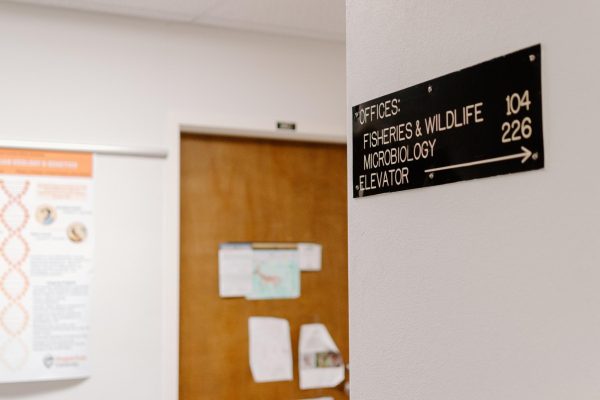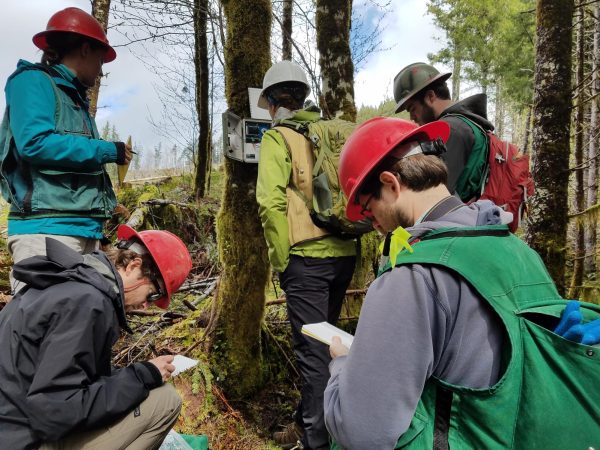Amid the nationwide Great Teacher Resignation, Corvallis School District teacher turnover remains low
June 6, 2022
The consumer price index in the United States increased at the highest rate this year since December 1981; many workers have found wages unable to keep up.
This is the case with teachers resigning across the country, a mass exodus being called the “Great Teacher Resignation.” The National Education Association reported in February that 55% of educators surveyed indicated they were leaving their professions sooner than originally planned.
For Corvallis School District, however, Human Resources Director Jennifer Duvall said the district is not seeing a higher number of teacher resignations than is average for CSD.
“We have only a few retirements this year and those have been based on age and eligibility,” Duvall said. “We do not always get reasons for resignations. Of those who have shared, it is to get closer to or be with family.”
For teachers in Corvallis, Ore., the average salaries per full time equivalent is $72,315.50, according to Director of Finance and Operations Olivia Meyers Buch. This is almost $12,000 more than the average teacher salary for the nation, or about 20% higher than the national average.
However, Corvallis is also in the top 6% of the most expensive cities in the world to live in, with some teachers finding it virtually impossible to live in the same city they work in.
“Unless they grew up there and inherited a home, you don’t have the ability, or any sort of access to be able to afford the homes in the area,” said one Corvallis teacher, who wanted to remain anonymous for job security reasons. “It forces teachers to commute. It just doesn’t seem right for when you’re teaching kids that are living in the area.”
According to the Corvallis teacher, salaries increase depending on how many years you have worked in the district at rates of 1-2%. There are no built in contingencies for when inflation rises as high as it did this past year.
“When it comes down to it, I’m still happy being a teacher,” the teacher said. “I think that’s something that a lot of the people who are working for the CSD can agree to.”
While it may not always be the fault of CSD, according to the teacher, they feel that they have been receiving less respect and appreciation as a teacher.
“After the [COVID-19] pandemic sort of cooled down, we went back to the status quo of teachers being just an asset that we use, and we pay our taxes and they get paid from that,” the teacher said.
As for why teacher turnover rates aren’t as high as may have been expected, the Corvallis teacher believes that teachers feel they are trapped in their jobs.
“I know that we’re sort of put in between a rock and a hard place,” the teacher said. “Many of the people who are teachers don’t have anywhere else to go in the industry or in the private industry.”
According to the teacher, because of the current setup of the Public Employees Retirement System in Oregon, most teachers can only continue to be teachers.
“When you’re working for Oregon as a state employee, you can’t transfer over and pick up for another [state],” the teacher said.
The PERS system is limited to only Oregon, which means that state employees can only expect to be able to transfer their progress toward retirement if they transfer jobs in state.
“I think sometimes the administration knows that the teachers are stuck where they are, so they can ask them to do just about anything they need them to in order to make the district or the public or the state happy, as far as what they’re asking us to do,” the teacher said.

























































































































